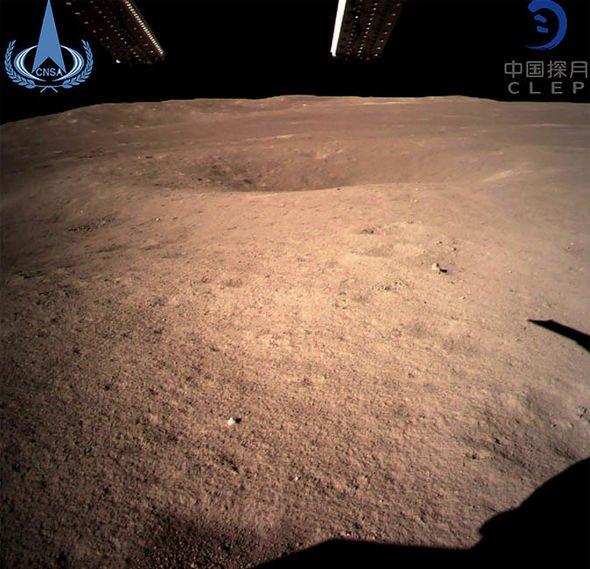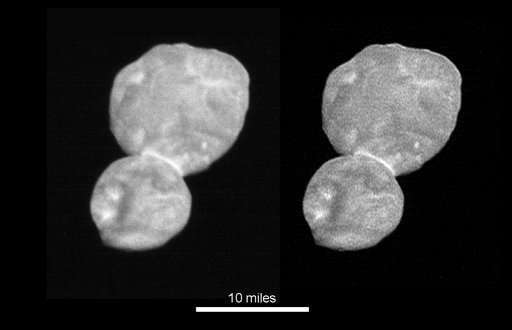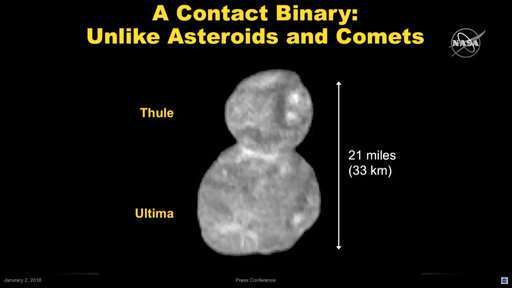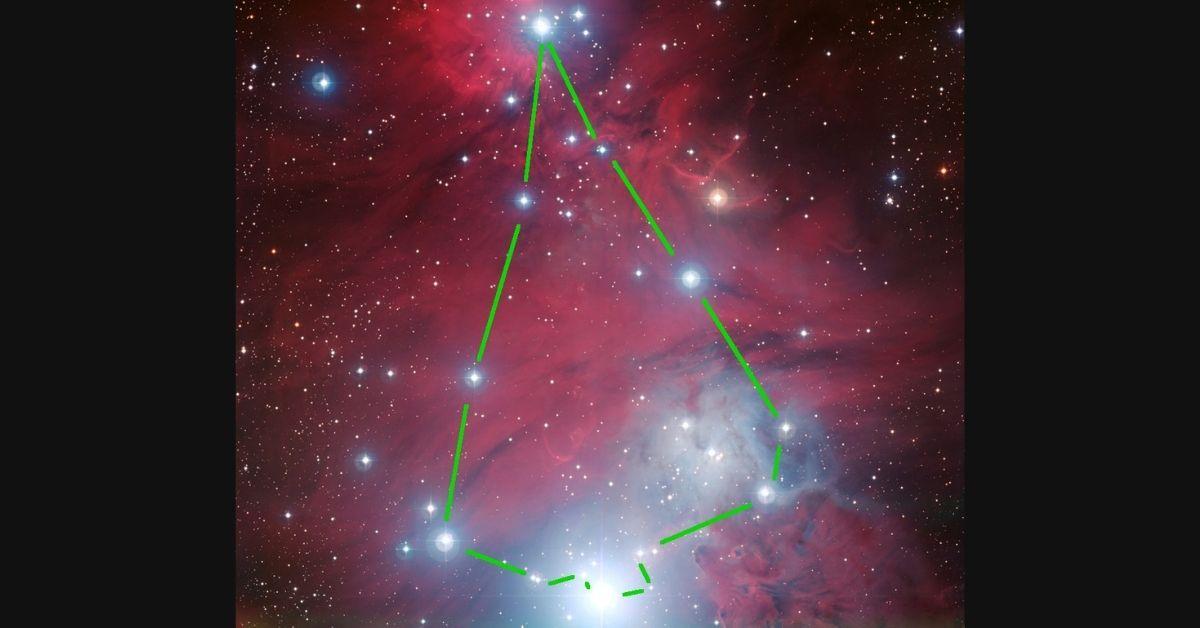• The United States and China rang in the New Year with new achievements in space exploration.
• NASA’s New Horizons spacecraft successfully completed its flyby of Ultima Thule, a mysterious object over 4 billion miles away.
• Meanwhile, China’s Chang’e-4 spacecraft landed on the far side of the moon, a milestone in lunar exploration.
What’s the best way to kick off the New Year? Would you rather look behind you or focus on what lies ahead? Well, China did the former and the United States chose the latter, both on a cosmic scale… sort of.
Floating to the “dark” side of the moon
Landing on the Moon’s an awesome feat, but it’s been done before. However, exploring its far side–the side that always faces away from Earth–is an entirely different story.
Launched last December 8, China’s Chang’e-4 spacecraft made a “soft landing” on the Moon’s far hemisphere on January 3. It is the first spacecraft to accomplish this feat. (Its predecessor, Chang-e-3, landed on the visible hemisphere of the Moon in 2013, the first rover to do so since 1976.)
On the same day, the China National Space Administration revealed the first-ever close-up shot of that side of Earth’s satellite. The Moon’s far hemisphere is said to have an older, thicker crust, with plenty of deep craters.

Chang’e-4 landed on the Moon’s Von Kármán crater, within the boundaries of the South Pole-Aitken Basin. Researchers theorize that the basin was the point of impact of a giant asteroid. That collision may have caused material from the moon’s upper mantle to surface. Thus, studying samples from this part of the Moon might give us valuable data to determine what’s inside it.

The Chinese probe isn’t just there for sightseeing, though. It’s also carrying potato seeds, cress, and silkworms. The probe’s cargo will be left in a sealed container on the Moon to test if life can survive there.
Snapping shots of a…space snowman?
Meanwhile, NASA was busy with another space milestone: a flyby of the most distant (and likely oldest) space object we’ve ever reached so far.
NASA’s New Horizon satellite blasted off in 2006, with the mission of exploring Pluto and beyond. On New Year’s Eve, it flew past MU69, also known as Ultima Thule, a trans-Neptunian object located 6.6 billion km (4.1 billion mi) away. Flying at a speed of 51,500 km/h (32,000 mph), it managed to get as close as 3,500 km (2,200 mi) to Ultima Thule.

Interestingly, the photos revealed that Ultima Thule has a rather peculiar shape. Made up of two spheres connected by a “neck” of sorts, it resembles an unfinished snowman (or a peanut). These two spheres likely joined together as early as the Solar System’s birth, over 4 billion years ago.

Ultima Thule also appears to be rust-colored. Co-investigator Carly Howett explained that this is “consistent with other objects in Ultima Thule’s class” (like Pluto’s satellite Charon), and is likely the product of irradiated ice on its surface.

With these and news of the Philippines’s own space agency, the future of space science is shaping up to be even more exciting.
Cover photo: Hristo Fidanov/Pexels; China National Space Administration; NASA
References
- https://www.sciencemag.org/news/2019/01/chinese-spacraft-successfully-lands-moons-far-side-and-sends-pictures-back-home
- https://www.nytimes.com/2019/01/02/world/asia/china-change-4-moon.html
- https://www.iflscience.com/space/latest-highresolution-photos-of-distant-ultima-thule-look-like-a-snowman/
- https://phys.org/news/2019-01-healthy-spacecraft-nasa-historic-flyby.html
- https://www.nasaspaceflight.com/2013/12/china-jade-rabbit-lunar-arrival/
- https://www.newscientist.com/article/2189514-chinas-change-4-makes-historic-first-landing-on-the-moons-far-side/
Author: Mikael Angelo Francisco
Bitten by the science writing bug, Mikael has years of writing and editorial experience under his belt. As the editor-in-chief of FlipScience, Mikael has sworn to help make science more fun and interesting for geeky readers and casual audiences alike.







